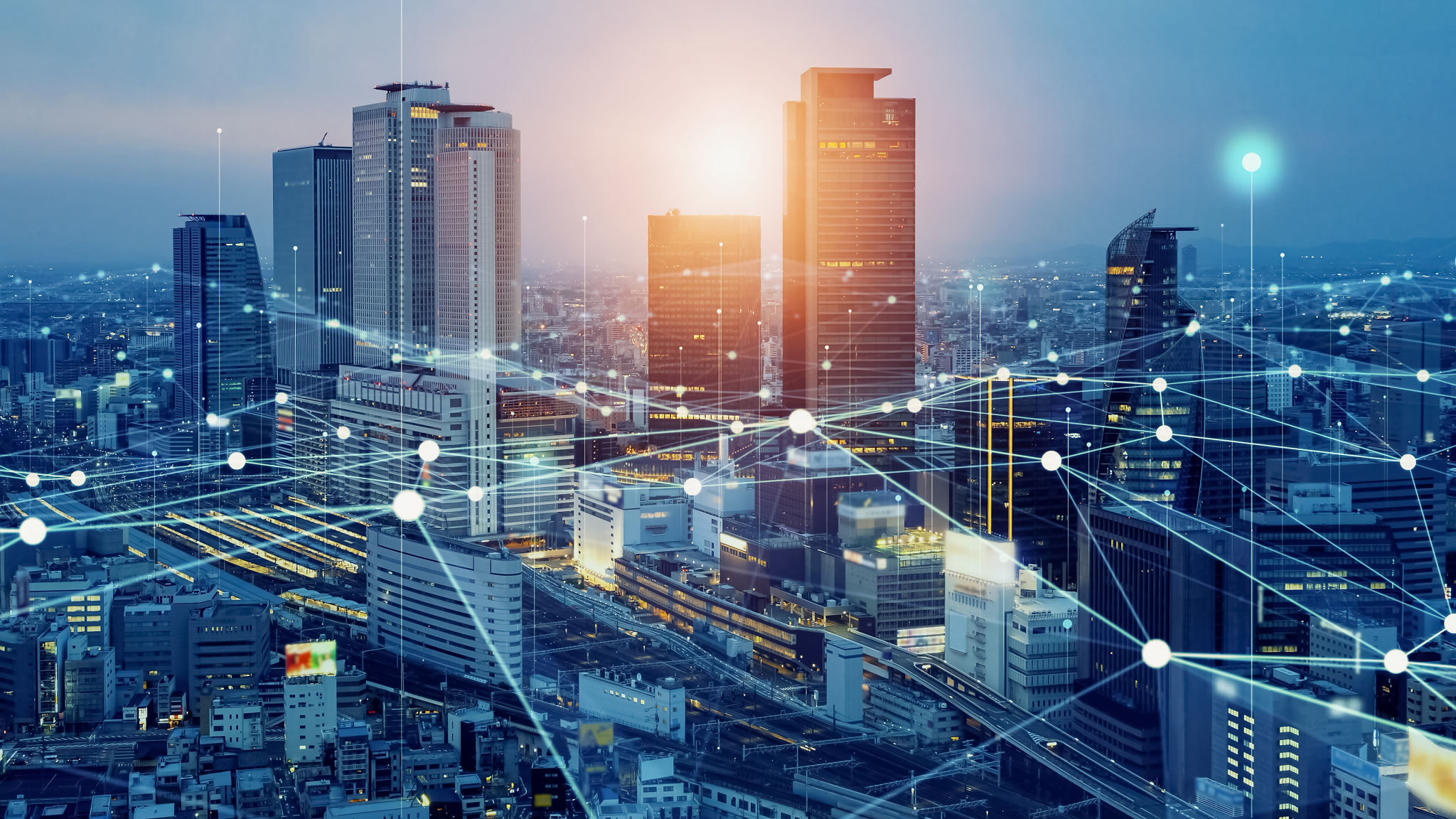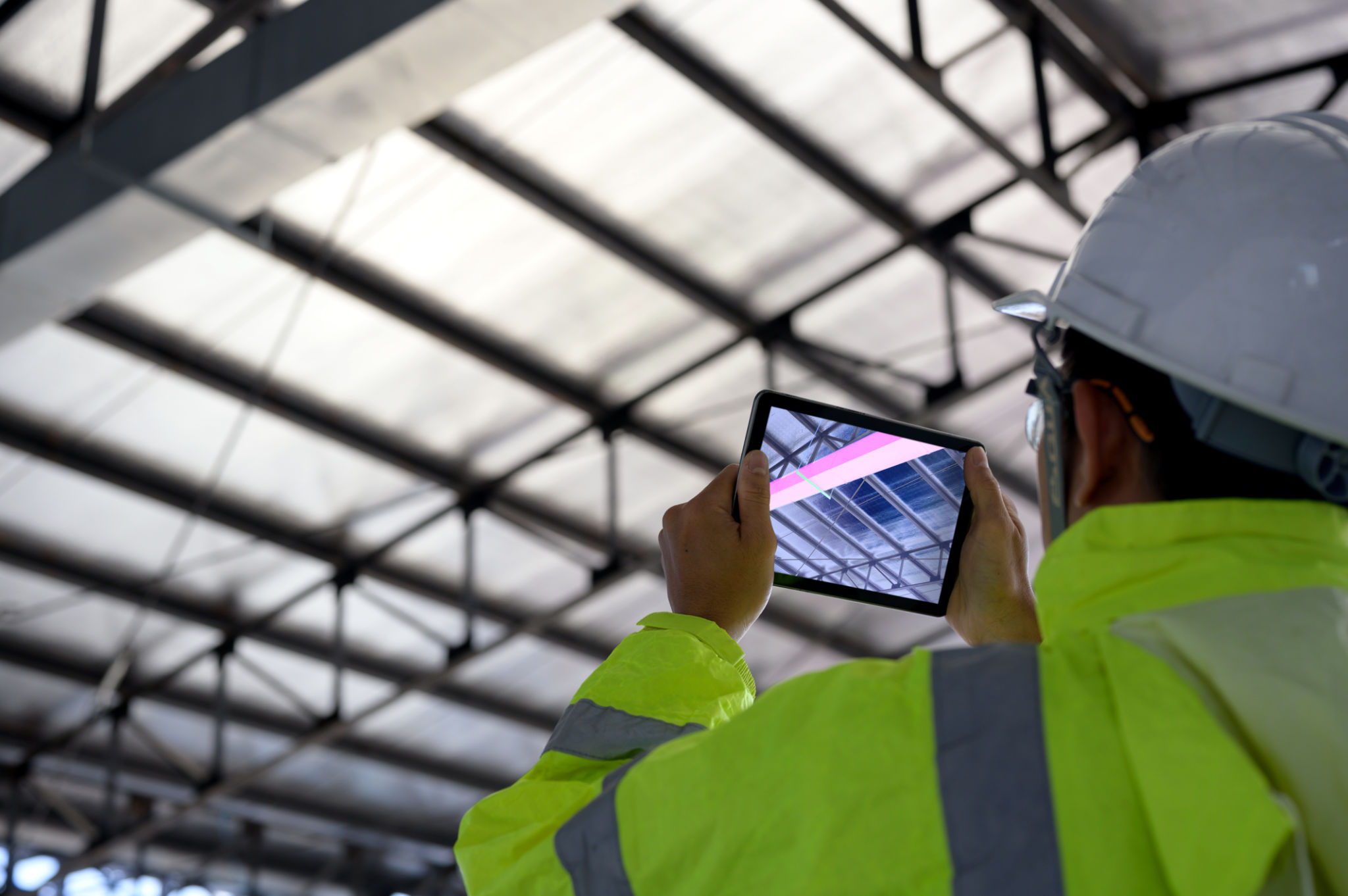Expert Insights: The Future of BIM and AI in Construction
The Evolution of BIM and AI in Construction
The construction industry is undergoing a transformative shift, with Building Information Modeling (BIM) and Artificial Intelligence (AI) at the forefront. These technologies are streamlining processes, enhancing precision, and fostering innovation. As we look to the future, it's essential to understand how BIM and AI are reshaping the construction landscape.

Enhancing Project Efficiency
One of the primary benefits of integrating BIM with AI is improved project efficiency. BIM provides a digital representation of the physical and functional characteristics of a facility, allowing for more accurate planning and execution. When combined with AI, it can automate routine tasks, such as scheduling and resource allocation, enabling project managers to focus on strategic decision-making.
AI algorithms can analyze vast amounts of data generated by BIM systems to predict potential delays and optimize workflows. This proactive approach helps prevent costly overruns and ensures projects are completed on time. Furthermore, AI-driven insights enable teams to make informed decisions, minimizing waste and maximizing resource utilization.

Improving Safety Standards
Safety is a paramount concern in construction, and the integration of AI with BIM is proving to be a game-changer. By using AI-powered analytics, construction firms can identify potential hazards before they become issues. Predictive models can assess risk factors based on historical data and current site conditions, allowing for preemptive measures.
Moreover, AI can facilitate real-time monitoring of construction sites via drones and IoT devices. These tools provide continuous data feeds that can be analyzed to ensure adherence to safety protocols, reducing the likelihood of accidents and enhancing worker safety.

Sustainability and Environmental Impact
The construction industry has a significant environmental footprint. However, BIM and AI are paving the way for more sustainable practices. BIM's detailed modeling capabilities allow architects and engineers to design structures that are energy-efficient and environmentally friendly. AI further enhances this by optimizing energy consumption and reducing waste during the construction process.
Additionally, AI can assist in selecting sustainable materials by analyzing factors such as cost, availability, and environmental impact. This not only promotes green building practices but also aligns with increasing regulatory demands for sustainability in construction.
The Road Ahead: Challenges and Opportunities
While the future of BIM and AI in construction is promising, it is not without challenges. Integrating these technologies requires significant investment in training and infrastructure. Additionally, there are concerns about data security and privacy that must be addressed to ensure widespread adoption.
Nevertheless, the opportunities far outweigh the challenges. As technology continues to advance, we can expect even more innovative applications of BIM and AI in construction. From automated machinery to smart cities, the potential is limitless.

In conclusion, the fusion of BIM and AI is revolutionizing the construction industry. By enhancing efficiency, improving safety standards, and promoting sustainability, these technologies are setting new benchmarks for the future. As we embrace this digital transformation, we pave the way for a more resilient and innovative construction sector.
